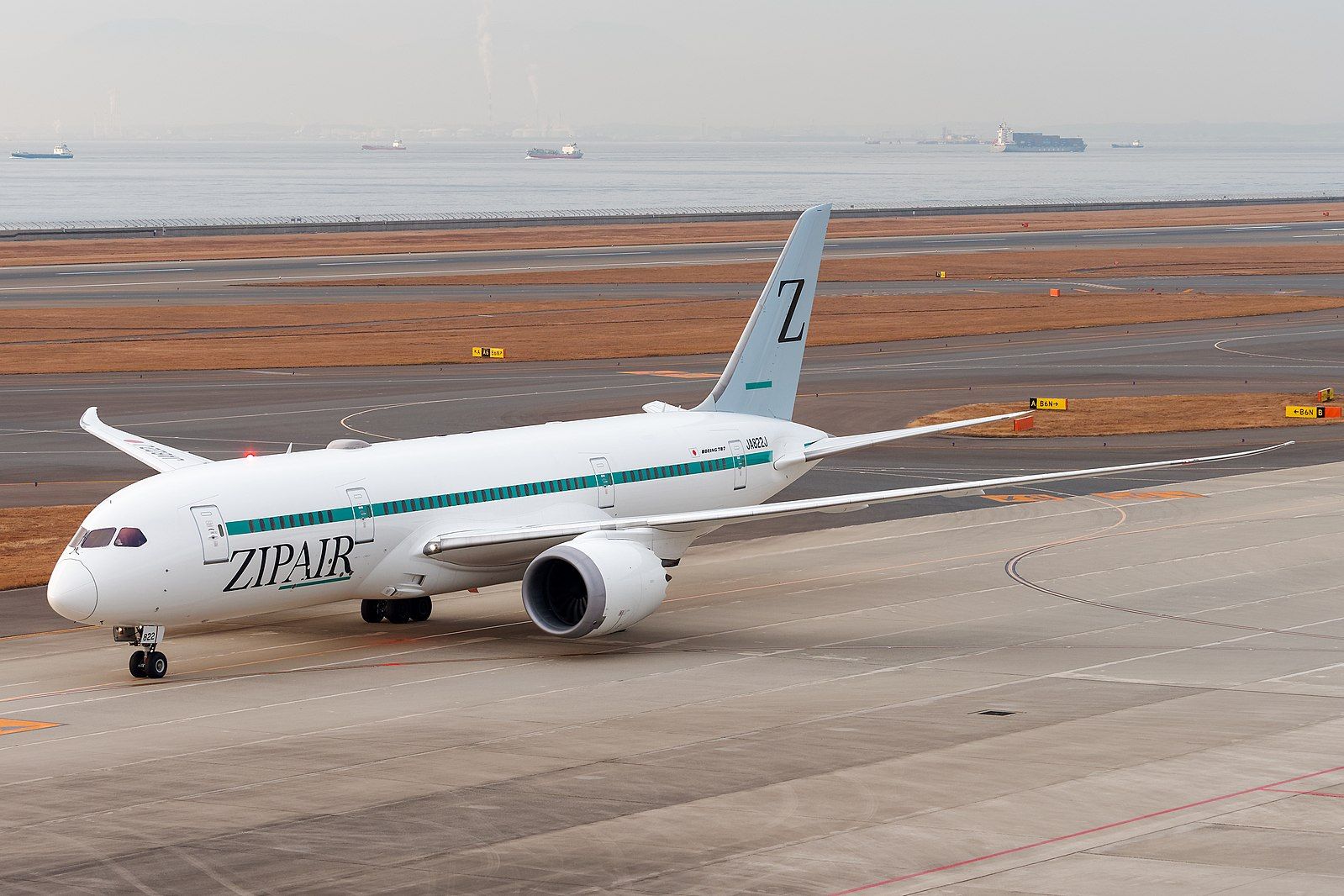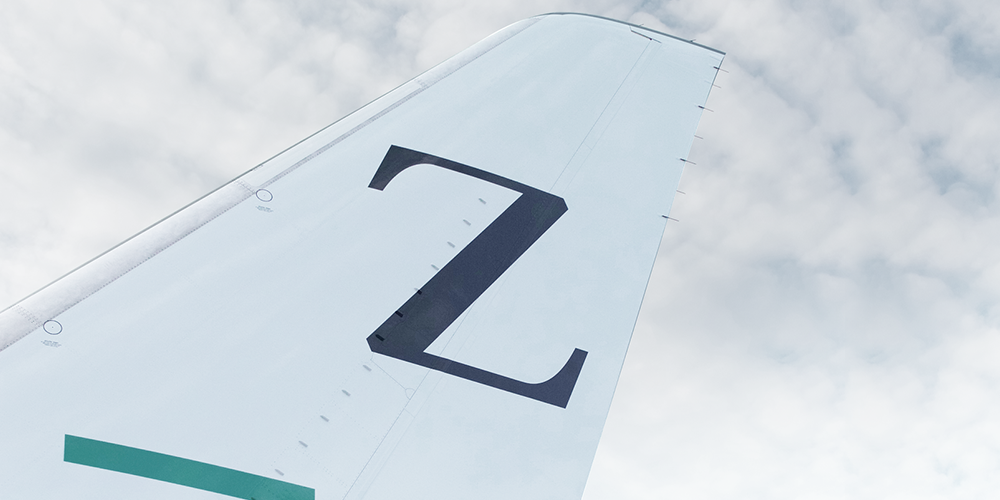Despite being less than three years old, Japanese low-cost carrier Zipair Tokyo will be changing its logo to avoid confusion and potential conflict over its similarity with the Russian war symbol. The letter "Z" has often been seen as a pro-war symbol on the sides of Russian military equipment in the Russia-Ukraine war.
The importance of logos
Branding for airlines has become a valuable commodity in a highly competitive field such as the aviation industry as it remains crucial to an airline's success. At the core of an airline branding lies the logo design, which is essentially the face of the brand. The airline logo is the main ingredient for all things related to branding, from advertising campaigns to the appearance of the aircraft fleet and more. An airline logo is like a sticky but helpful companion.
For Zipair, the letter "Z" logo was developed by a creative engagement agency based in Tokyo, Six Inc. Set in Roman font, the "Z" logo is a combination of the first letter in ZIP followed by a space the airline calls 'Infinite Blank'. According to Zipair, the logo encapsulates the attitude to infinitely pursue services that meet the needs of its passengers.
No ties to Russia
Unfortunately, the letter "Z" shot to controversy worldwide after it was spotted on Russian tanks in Ukraine. Since then, Zipair company officials have considered ditching the symbol as their logo because it often appeared on Russian military tanks, uniforms, cars, and clothing. The symbol had even appeared online as a sign of support for the invasion; a patriotic trend for it to continue. As such, Zipair has opted to replace its current logo.
Given the unfortunate coincidence, Zipair said it has been receiving inquiries regarding whether it has ties to Russia. To put the matter to rest, the President of the low-cost carrier, Shingo Nishida, announced that the airline would drop the logo to avoid anyone mistakenly thinking it was in favor of the conflict. He said,
"I think some people might feel that way when they see it without any explanation."
Nishida has also mentioned that the design change will show the airline's significant determination to expand its business in a more positive light. Additionally, he noted that a change would help Zipair's passengers to feel less uneasy and more welcomed, knowing that the airline is not pro-Russia.
A brand new look
The low-cost subsidiary of Japan Airlines will gradually replace the old logo, which appears on the tails of its fleet, from Saturday. As for the anticipated new logo of Zipair, it will feature a green, black, and white geometric striped design. Not much detail has been released regarding the meaning and creator behind the new logo, but Zipair mentions that it serves as a pledge from the low-cost carrier to pursue services that meet the needs of diverse customer groups worldwide.
Furthermore, Zipair said that a redesigned livery be renovated in two separate stages, starting with a decal version that includes using a film with a partial striped pattern to cover the "Z". After that, the newly painted aircraft will be progressively introduced in December. The airline would finish repainting its fleet of four Boeing 787-8 Dreamliners by next spring.
Bottom line
It is indeed unlucky for Zipair having to change its logo just two years after it started flying. Still, undoubtedly the new logo will provide the low-cost carrier with a fresh, clean, sleek look as opposed to a single alphabet. The change also comes in handy for Zipair, as it will be expanding its international network to Mineta San José International Airport in December. With a renovated livery and route expansion, it marks the dawn of a new era for Zipair.



